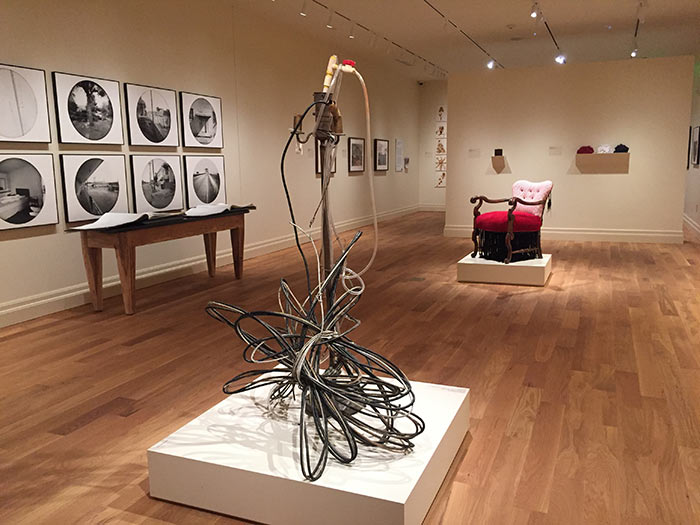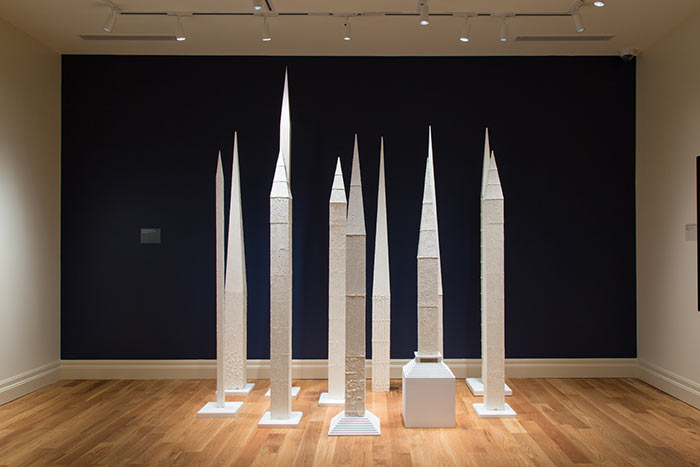On June 18, 2015, I woke up to the horrible news of the mass shooting at Mother Emanuel AME Church. I thought there must be some mistake. Not here. Not in my city. And certainly not during a Bible study. My heart broke for the victims, the survivors, the Mother Emanuel congregation, and for our whole city. Like everyone, I was in shock.
In the following days, my colleagues and I at the Gibbes had many conversations about how to respond to the terrible tragedy. As an art museum, we decided to do what we do best. We turned to art to help our city, and ourselves, heal. We immediately began organizing The Things We Carry: Contemporary Art in the South. As we approached artists to participate in the exhibition, the response was overwhelming. Every artist we contacted agreed to participate.

The Things We Carry brings together contemporary artwork that addresses the troubled history of the American South and the many ways that history is represented today. The exhibition includes work by 11 extraordinary artists, all of whom are willing to confront the difficult subject matter of racism and violence in America today. The artists include Bo Bartlett, William Christenberry, Sonya Clark, Andréa Keys Connell, Lonnie Holley, Deborah Luster, Sally Mann, Stephen Marc, Mike Smith, Damian Stamer, and Stacy Lynn Waddell.
The Things We Carry includes Lonnie Holley’s 2015 sculpture, Changing Power, which has a direct connection to Mother Emanuel Church. Holley himself is no stranger to tragedy. His introduction to art came in 1979 when two of Holley’s nieces died in a house fire. Overcome by grief and unable to afford tombstones for their graves, Holley found discarded sandstone at a foundry and carved the tombstones himself. He found comfort in the act of creating, and began his career as an artist. Holley continued to carve sandstone sculptures and later branched out to mixed-media assemblages, painting, and music. In 2014 Holley visited Charleston and scavenged materials for future work. He collected discarded electrical wiring from the site of Emanuel AME Church and incorporated the materials into Changing Power. Featuring a lamp without a bulb and a tangle of tubing and wires, the piece represents the disruption that often accompanies change. Although Changing Power was created before the church shooting, one cannot help but connect the sculpture, and its metaphorical moment of darkness, to the terrible tragedy.

Together, the artists in The Things We Carry show us that the South is complicated and that the pain of racism and violence is real. But if there is one thing Charleston and its citizens have taught us over the past year, it is that hope emerges from tragedy. The history of the South is undoubtedly troubled, but we are a people of grace, resilience, and courage. I saw this in the days following the Emanuel AME Church shooting, and I see it now in the work included in this exhibition. These artists do not shy away from the harsh realities of our past and present, but they also show us the beauty of our land and the spirit of our people. And it is on this common ground that we must move forward.
—Pam Wall, Curator of Exhibitions, Gibbes Museum of Art
Published June 16, 2016

